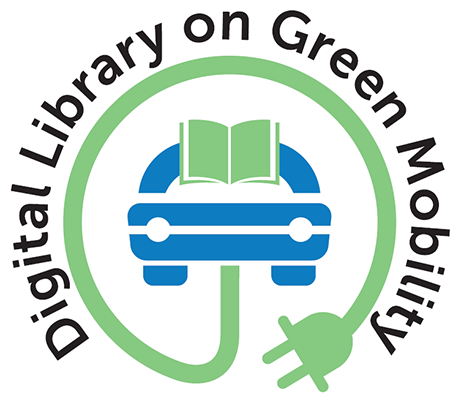
Wireless power transmission wpt for medium power electric vehicle charging applications using renewable resources
Publication Year: 2020
Author(s): Peter K Joseph
Abstract:
E-mobility considered being a sustainable solution for environmental pollution and the global warming phenomena resulting from it. Since most of the developing countries are relies on conventional energy sources for electricity generation, integration of renewable energy to the electric vehicle charging holds the key to sustainable transportation. The conventional wired charging methods are getting replaced by wireless charging topologies due to its comfort, compactness and relative safety. Still, conventional wireless charging technologies face some common disadvantages like poor transfer efficiency, less coupling separation, less misalignment tolerance, etc. This doctoral research mainly concentrates on the wireless charging technology for renewable energy powered medium power electric vehicles. An extensive analysis was conducted on various converter topologies, wireless power transformer (WPT) topologies and controller topologies to form an optimized wireless charger for medium power electric vehicle charging applications. The conventional integration of voltage source inverter (VSI) with series-series (SS) compensated wireless transformer is replaced by an optimized current source inverter (CSI) and SS-WPT combination. The problem of non-linearity of WPT is solved by customizing a linear region in WPT for effective closed-loop control. An optimized wireless vehicle to grid (V2G) integration mechanism is designed to achieve an effective bidirectional power flow in the wireless charger. With the optimized design of wireless EV charger, various research gaps in the conventional system successfully mitigated. Using CSI-SS integration in WPT, the reverse current flow and the current ripples in the charging system is successfully removed without affecting the charging efficiency. The reduced coupling based novel WPT resulted in an optimized charging system with the highest power transfer efficiency of 94% at a coupling separation of 200 mm. Both values are the highest among all the known topologies as per the literature review. In addition to the efficiency and coupling separation, high misalignment tolerance also achieved in the proposed wireless charging system.
Country: India
Rights: VIT University
URL:
https://shodhganga.inflibnet.ac.in/handle/10603/336114
Theme: Charging Infrastructure | Subtheme: Commercial and Institutional charging
Related Documents
Journals
Transportation Research Part A
Published Year: 1992
Abstract:
Transportation Research Part A: Policy and Practice considers papers dealing with policy... Read More
Journals
International Journal Of Automotive Technology And Management
Published Year: 2001
Abstract:
International Journal of Automotive Technology and Management is a quarterly publication. The... Read More
Journals
eTransportation
Published Year: 2019
Abstract:
eTransportation publishes comprehensive research articles and focuses on advancing... Read More



